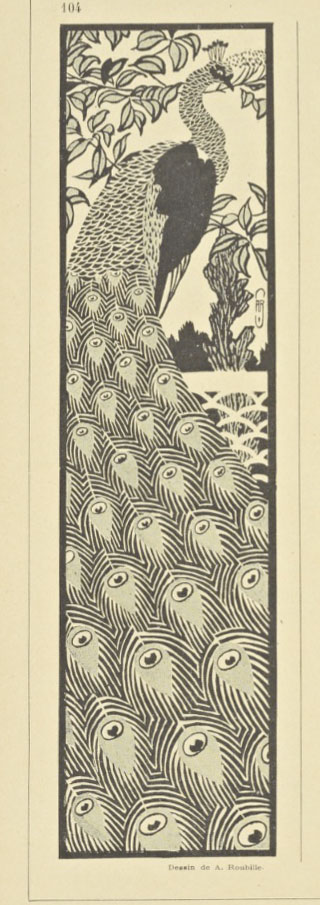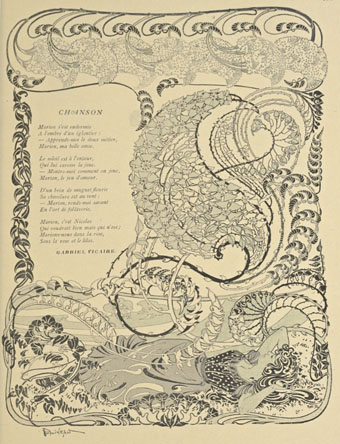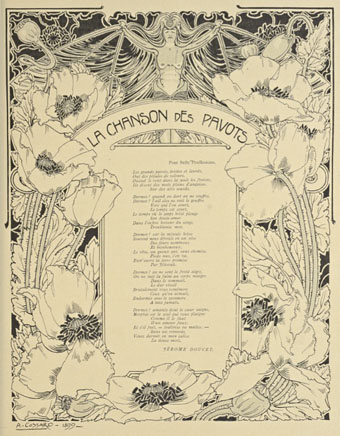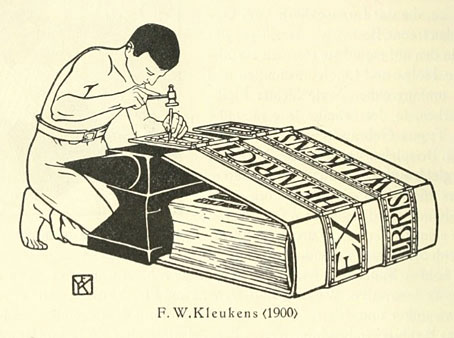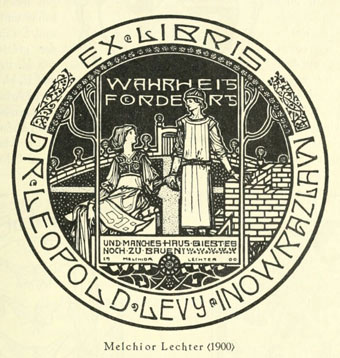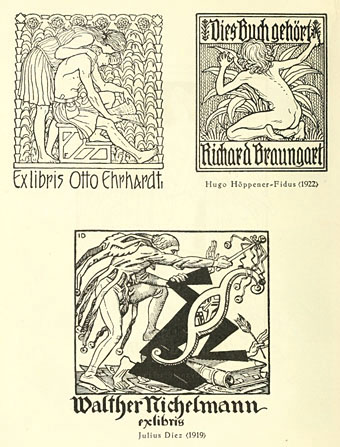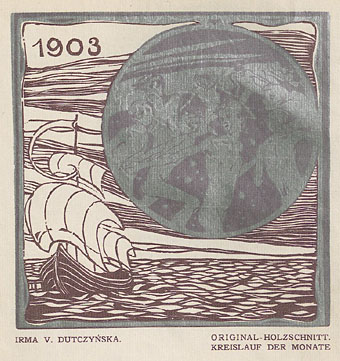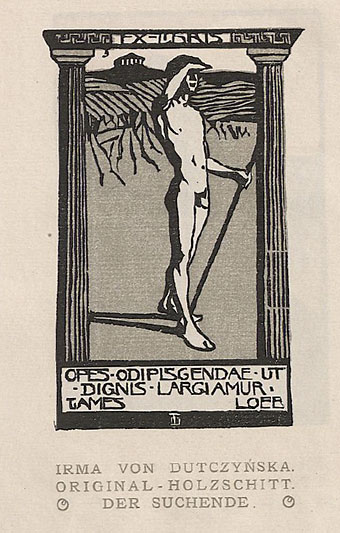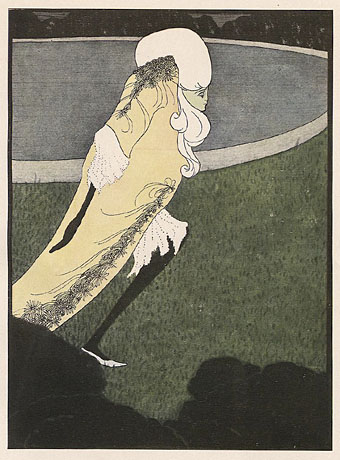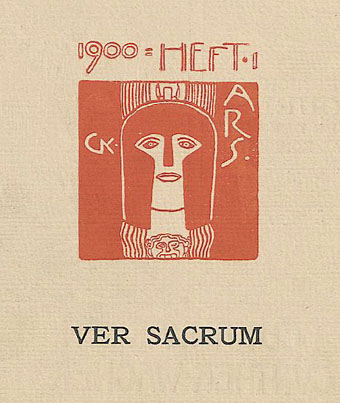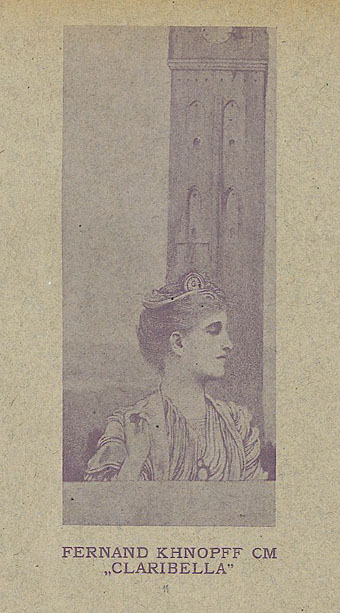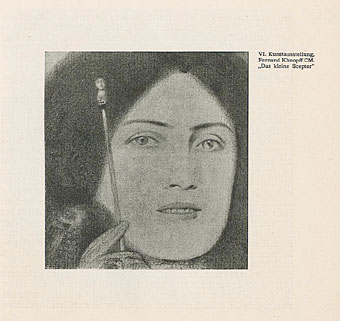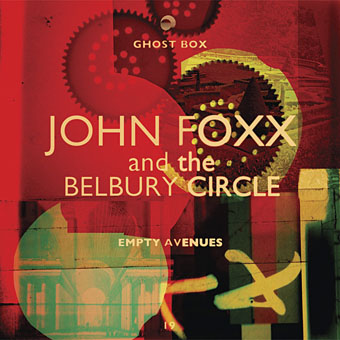
The Julian House cover art for the forthcoming collaboration between John Foxx and Belbury Poly (here renamed) has been revealed. Single no. 9 in the Ghost Box Listening Centre Study Series is now available.
• In addition to new Ghost Box records there’s more Hauntological (for want of a better term) cinema on the way this summer with the DVD/BR release of Ben Wheatley’s A Field in England. The potted description at Movie Mail is “a monochrome psychedelic trip into magic and madness set during the English Civil War”. Julian House has made a trailer. Meanwhile at Fangoria, there’s a PIF mixtape from The Advisory Circle. This accompanies an interview with John Krish, director of the most bizarre of the UK’s many strange and alarming public information films from the 1970s.
• More mixes: The hour-long OH/EX/OH show for The Geography Trip on Chorlton FM. “Expect slumber / tension / euphoria in almost equal measures.” It’s marvellous. At Self-Titled mag there’s DJ Food with O Is For Orange: Boards of Canada, Broadcast, The Books, etc.
• Tangiers is a computer game based on the fiction of William Burroughs. Jim Rossignol talked to Alex Harvey about the development of the project.
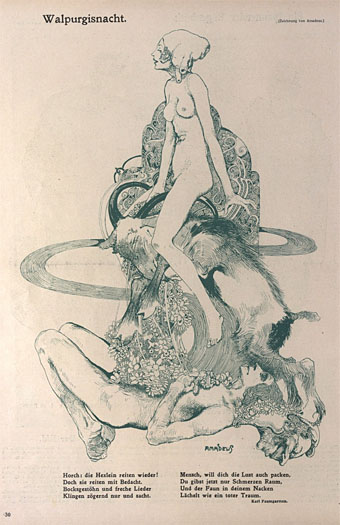
Walpurgisnacht (1917) by Amadeus. A drawing that could easily be from the late 1960s. If anyone knows the full name of the artist, please leave a comment. Via Beautiful Century.
• Rebecca J. Rosen asks “What would the night sky look like if the other planets were as close as the moon?”
• The mystery of Charles Dellschau and the Sonora Aero Club.
• The Surreal Cave Paintings Of Stockholm’s Metro Stations.
• At 50 Watts: More strange art from Marcus Behmer.
• Ry Cooder in 1970. Directed by Van Dyke Parks!
• The Post Office Tower: now you see it…
• At Little Augury: 99 Meninas.
• Sartori In Tangier (1982) by King Crimson | City Of Mirage (2010) by John Foxx
